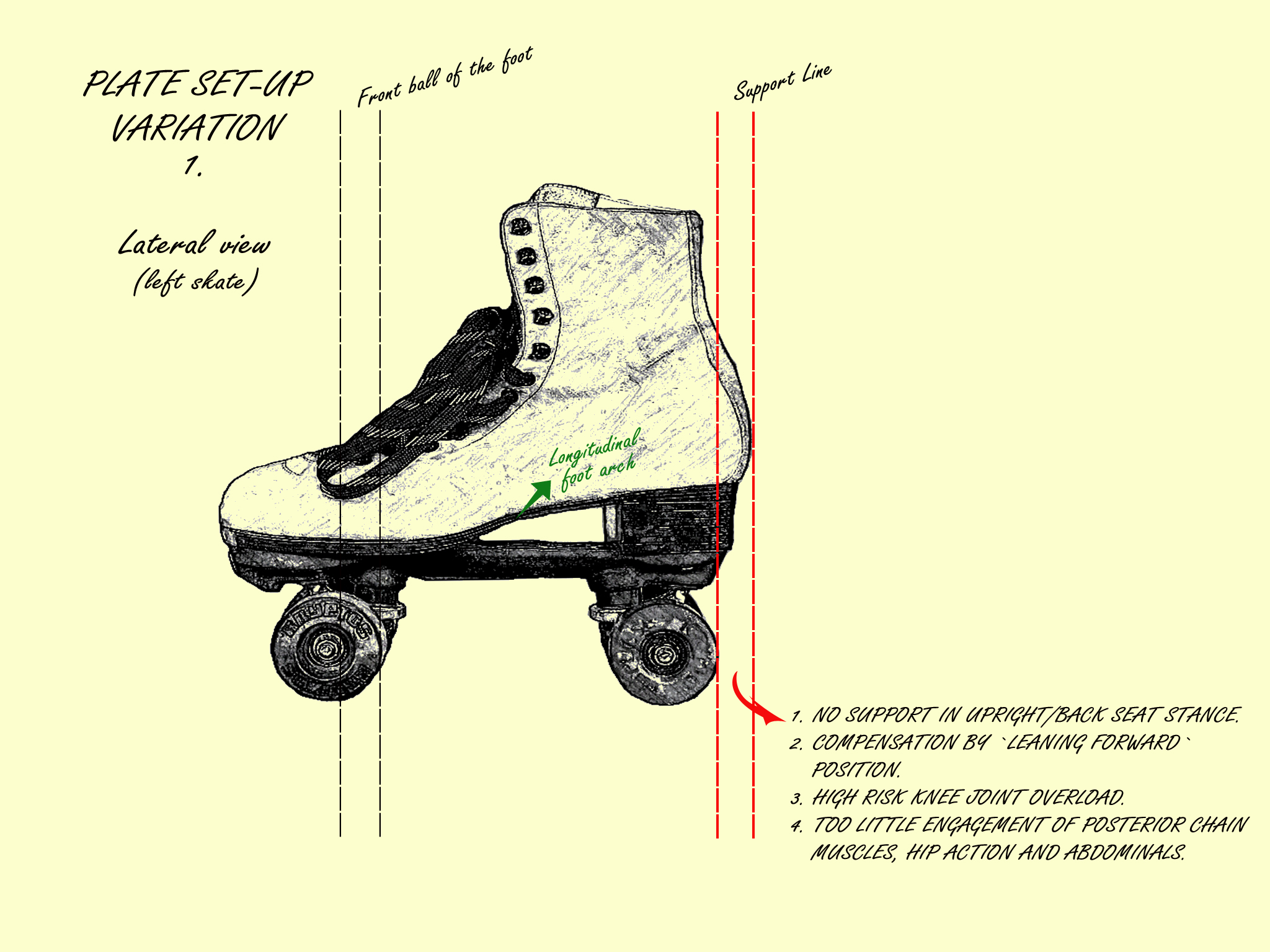Safe facts will keep you funky!
Geplaatst op 28-05-2020
Safe facts will keep you funky and funky facts will keep you safe.
In the year 2014, The Es Quint Foundation started to make the Soulful Fitness Roller Skate Training system available to a global audience, by organizing international seminars in the Hague, The Netherlands.
Since then, hundreds of funky souls each year, have immersed themselves in a sophisticated and highly efficient way of practicing roller skating techniques.
Due to the worldwide Covid-19 situation, the last seminar was held in the weekend of February 9, 2020.
With all those happy people with beautiful personal stories about how and why they are roller skating, there is one big takeaway that we have been encountering for quite some time now, but has been underscored more than ever during that February seminar : people need solid, workable and verifiable information. At the same time there is a lot of misleading or outright false information out there.
Now, whether this happens intentionally or unintentionally, the result is nevertheless the same: people are getting seriously injured or they are in the process of developing serious physical problems.
What is really striking, is how many people are actually already strugglin’ with ongoing discomfort in some way or the other and don’t know what to do about it.
The majority of people `teaching` other people how to skate, is basically sharing personal experiences and have no sufficient knowledge of general human anatomy and biomechanics. This can obviously lead to some serious issues or make things irreversibly worse.
In any field or situation, it should be taken as nothing less than an extremely high responsibility, to tell another person, what to do with their body and how to do it. Roller skating should not be an exception.
So, what are the most common issues?
- Lower back problems.
- Knee problems (mostly patellofemoral syndrome).
- Shin muscle inflammation.
- Upper leg adductor muscle issues.
- Foot or toe cramps.
What are the most common causes?
- Questionable roller skating instruction;
- Bad posture developed from sedentary lifestyle or prolonged hours of sitting;
- Already existing physical abnormalities (such as spine deformation, uneven leg length, damaged kneejoint structures, muscle imbalances);
- Mismatch of wheel hardness and type of floors;
- Differently mounted plates, not conducive to the practitioner’s skating style/discipline.
Not your everage roller girl fairy tale.
Sometimes a little adjustment is all that is needed, to experience relieve from pain, or to feel a way out of making it worse. A simple but striking case will illustrate this:
Sir M is a nice, funny, knowledgeable and big framed muscular dude, who has picked up roller skating a few months ago after a long hiatus of many years. To get himself back into the flow, he purchased a simple (but not cheap!) pair of skates, to see if this was really a good idea after so many years.
Due to –unknown and undiagnosable - progressive issues during his daily weightlifting and resistance training routines, he decided to quit all that and was looking for a replacement workout.
Almost immediately, it felt like he had made the right choice and being the person that he is, he dug right into the deeper layers of his revived love for roller skating.
While strugglin’ to stay upright, he noticed painshots in the lower back area and accumulating pain sensations in the kneejoints.
Besides not knowing how to maintain balance in this beginner stage - also unbeknownst to him - his skate setup was working strongly against him too.
In this case, the design of the plates puts the back wheel out of position in such a way, that standing up straight is practically impossible. Leaning forward is the only way to compensate, resulting in mounting pressure on the knee joints, tension in the lower back and neck and insufficient activation – if any at all – of the gluteal muscles.
After a few intensive sessions of personal training, M was able to identify the problems regarding his stance and decided to assemble a new pair of roller skates, with another plate setup, more suitable for his posture and (desired) style of roller skating.
Although the body and the brain needed some time to calibrate the new situation, immediate change and advantage was crystal clear. No foot cramps, no burning of the shin muscles and a lot less discomfort in the knees!
To start out, practically any type of skates will do. But as your interest, and skill set grows, good information and solid suitable equipment, will keep you from getting injured.
Don't just take one source for granted, but ask around (be as cricital as you can be) and do some research. Don’t be impressed by appearance and/or information that is impossible to verify. A store or a shop full of impressive gear and equipment, doesn’t mean that the right or suitable knowledge is included as an absolute guarantee.
Three things worth considering in your research: safety, experience and results.
If any of these keypoints are missing in abundance, your money and health is on the line.
Brian B. Kanhai - Soulful Fitness Roller Skate Training - Es Quint Foundation.
Kneep Deep
Going knee deep into the weeds on how far to bend the knees. As the human body works as a very sophisticated and fully integrated entity, it’s foolish to point out a single part that would be considered crucial for going through our day to day habits and activities.
Lees meerMoving from drill to skill
Moving from drill to skill. The primary way and focus within the Soulful Fitness Roller Skate Training system, is the dilige...
Lees meer

